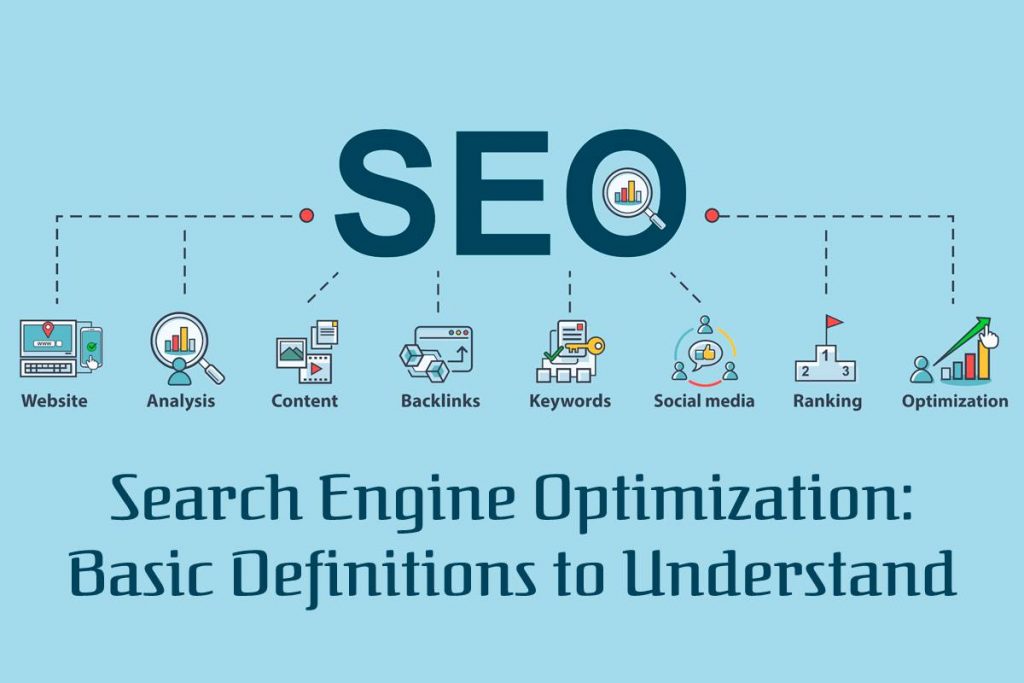Most businesses nowadays have been exposed to the claim that SEO is essential for modern day marketing success. In many ways this is completely true. Search engine optimization, or SEO, is a very valuable form of marketing, because so many people nowadays rely on search engines for answers.
One of the IT support companies London based businesses have been partnering with a lot over the years is TechQuarters, and a large part of their success is down to SEO. When businesses in London search for IT support, they find TechQuarters. This is the primary goal of SEO – when your ideal customer is looking for answers, they find your brand.
If you want to get started with SEO for your brand, here is what you need to know:
Table of Contents
How does SEO work?
The first thing anybody looking to perform SEO needs to understand is precisely how search engines work. The short answer is that they are machines built to find answers. They can crawl through billions of different sites, posts, blogs, and many more types of content, in seconds and, through a complex process of evaluation, figure out which pieces of content are most relevant to the query a user has entered.
Definitions
Crawling and Indexing
A search engine uses a process called crawling and indexing to catalogue every piece of content available on the internet. Firstly, they use bots to discover URLs on the internet – this is the crawling step. Once the search engine has discovered a site, it analyses the content on the page and stores in in it’s database – this is the indexing step; Google’s index is known as Caffeine.
Ranking
The next important process to know about is ranking. When you search something in a search engine, you want to get the most relevant results – ranking is how the search engine achieves this; it literally ranks every result in its database from the least to most relevant to your query. This is where algorithms come in. The algorithm of a search engine is how it decides which results are relevant, and which results are not.
A search engine ranks content based on how well it matches the intent of a query. At the most basic level, this is judged by whether the content matches the search terms; but algorithms have been developed to be able to judge how accurately content matches the query.
For example if the search engine query is “how to fix a bike chain” – a low ranking result might be a website that sells bike changes, whereas a high-ranking result might be a video tutorial for fixing bike chains. Both pieces of content are technically relevant, but one is more relevant than the other.
Search Queries
A query, or search query, is essentially the thing that you type into a search engine in order to look for content. An example of a search query might be “pharmacies near me”, or “how to repair a punctured tire”. The more specific the query, the more specific the results you get. This is crucial to search engine optimization. As a brand, you need to be researching what queries customers are entering into search engines; based on that, you can begin creating content that is relevant to those queries.
Search Volume
Search Volume refers to the amount of times that users enter a specific search query into an engine every month. This data is collected by search engines, and are sometimes categorised by location. A high search volume means lots of people per month are searching for something; this is good information to know, because if your content matches up with queries that have high search volumes, it will be shown to more users.
Keywords
In SEO, keywords is a blanket term for the words and phrased in content that a search engine uses to rank results. Keywords are split into different categories –
Short-tail keywords contain 1 – 2 words, such as “IT support”, “dog food”, or “computers”. Short-tail keywords have the highest search volume, – meaning content that matches up with these keywords will get the most visitors.
Long-tail keywords contain 5 or more words, such as “dog food for diabetic dogs”, or “gaming computers suitable for graphic design”. Long-tail keywords have the lowest search volume, but if you have content that matches up with long-tail keywords, there is a high chance that the users searching these keywords are ideal customers.
Medium-tail keywords contain 3 – 4 words, such as “IT support near me”, “dog food for puppies”, or “computers under £200”. Medium-tail keywords have an average monthly search volume. If your content matches up with medium-tail keywords, you will get fewer visitors, but a higher percentage of visitors might be ideal customers.

